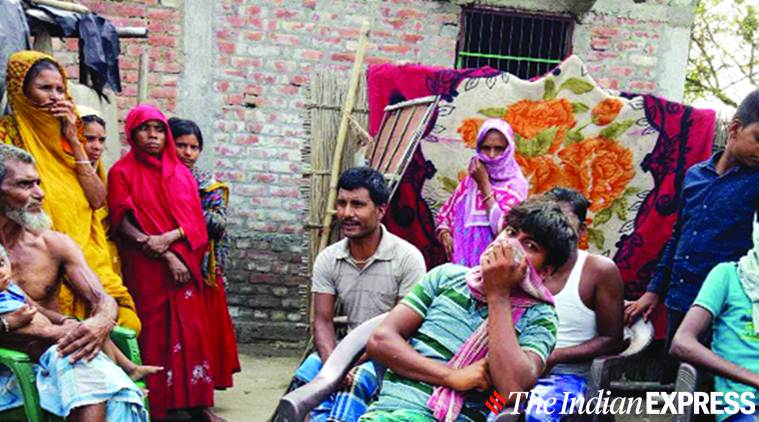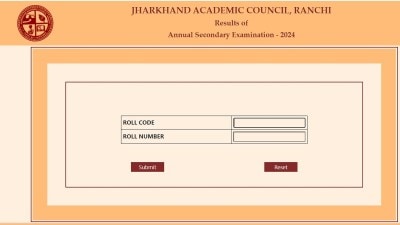- India
- International
Back in Bihar, migrants count days until they can return
A motorcycle mechanic in Gurgaon for the last seven years, Sabir is among around 2,000 migrant workers who returned last month to Maheshpur after industries and shops shut down because of the lockdown.
 Migrants back home in Maheshpur. (Express photo by Santosh Singh)
Migrants back home in Maheshpur. (Express photo by Santosh Singh)
“We have some stock of maize for now, we will later think about what we need to do,” says Mohammed Sabir, 23, a resident of Maheshpur in Bihar’s Katihar district. Maize, the main crop of the Seemanchal belt, has just been harvested and nearly every household in the Maheshpur panchayat area has stored some.
A motorcycle mechanic in Gurgaon for the last seven years, Sabir is among around 2,000 migrant workers who returned last month to Maheshpur after industries and shops shut down because of the lockdown.
“I used to fix indicators of motorcycles and was earning about Rs 7,000 per month. I was also able to send Rs 2,000 to my parents. I took a Shramik Special train to return as I was running out of cash. There was no word yet on when I could resume my job,” says Sabir, who got married last year.
But now, like the others who came back, he is uncertain about the future.
Read | Track surge: 40 per cent Shramik trains late, average delay 8 hours

“There is no work except seasonal employment available during paddy and maize sowing and harvesting. We have no agricultural land either. Sooner or later, we will have to return,” he says, adding that he regrets not going to school.
Maheshpur panchayat, bordering West Bengal, is the remotest part of Katihar. A majority of its residents are marginal farmers and the rest either daily wagers, part-time workers or unemployed. The panchayat area is economically backward—of its population of 15,000, only 3,600 family heads are ration card holders. Over 90 per cent of its residents live in thatched, mud and asbestos-covered houses. Several households have at least one member working outside Bihar.
But this is the first time they have experienced joblessness on this scale, says Mohammed Babul, 35, who was working in Kolkata for the last 15 years as a daily wager. “I will work here, even for less money. But where are the jobs?” he asks. “MGNREGA daily wage of Rs 177 is low. We are just waiting for the crisis to get over and return.”
Also Read | Ex-Railway tribunal chief: Can compensate kin of Shramik victim under ‘eggshell’ rule
Akshay Singh, the former head of the Maheshpur panchayat, says, “Though we have three crops, there is still a lot of poverty. It is because most residents are marginal farmers. MGNREGA is not able to hold back people as it’s wages are not acceptable to many.”
Apr 19: Latest News
- 01
- 02
- 03
- 04
- 05






































